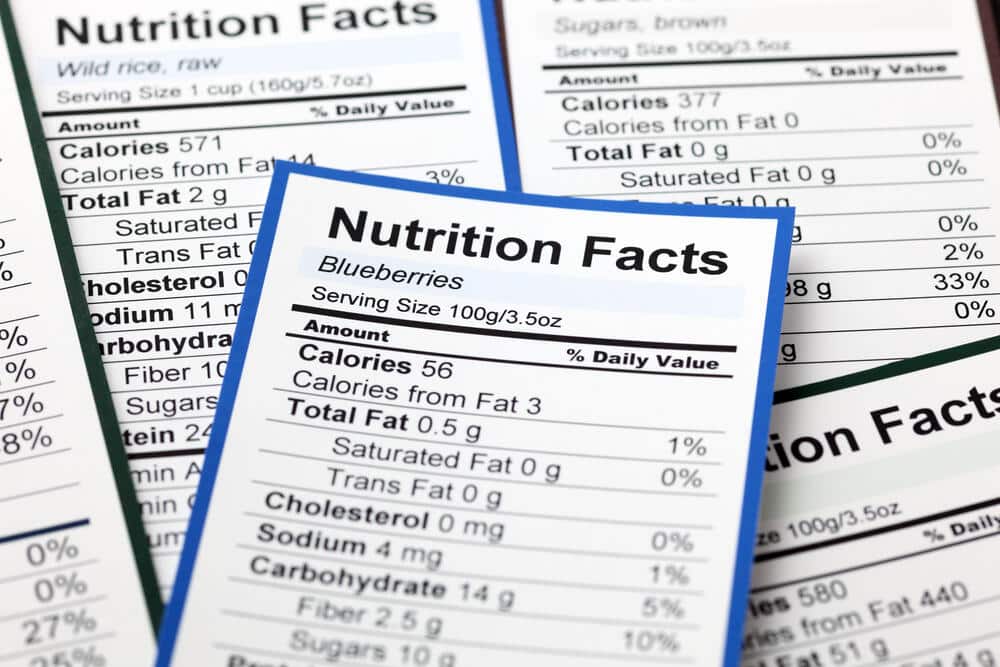When it comes to food packaging, there are several elements that play a key part in helping your product stand out on crowded grocery store shelves, but few aspects are as impactful and far-reaching in significance as the food label. With more and more consumers poring over labels prior to loading up their cart, maintaining an accurate account of your product’s nutritionals and displaying them according to FDA standards is more important than ever. As a business owner, you’re responsible for everything displayed on your product’s label, making a quick review of the basic requirements an essential part of the pre-design process.
General Food Labeling Rules
Prior to plugging in product-specific content, your future food label needs to measure up to FDA-mandated formatting. The goal is to ensure consumers can locate and read pertinent information, and font, color and sizing have a lot to do with that.
- Nutritional information must be separated from the rest of the label design using a bordered box
- The “Nutritional Facts” heading will be the largest print on the label and should span the entire width of this section.
- Other nutritional information must appear in no smaller than a 6- to 8-point font
- Text must be printed in one color type against a neutral background for maximum contrast and legibility

Essential Information
Every label has to contain a full list of ingredients written in descending order according to volume/weight or prominence in the recipe or mixture. Even the most basic or obvious ingredients like water or an item listed in the product name (“beef” for a package of Bob’s Bourbon-Braised Beef Ribs, for example) must be disclosed. Beyond that, there are several other mandated categories:
- Nutritional Facts: A comprehensive listing of per-serving values for calories, fat, cholesterol, sodium, total carbohydrates (a category then further broken down into dietary fiber and sugars) and protein. Vitamins and minerals appear in a box below the main nutritionals; more common nutrients like vitamins A, B, C and D, iron and calcium are required, as are any that are used in promotional or marketing claims.
- Percentage of Daily Values: Ingredient information must be listed in two ways: by calories, measurement or weight, and as a percentage of the FDA’s recommend daily value based on a 2,000- or 2,500-calorie diet (or both).
- Allergens: If a product contains any of the top eight allergens (milk, eggs, fish, shellfish, tree nuts, peanuts, wheat and soybeans) or is processed a facility that also processes those allergens, that must be disclosed on the label.
Regulated Lingo
While the meaning behind terms such as low fat (less than 3g of fat per serving), low cholesterol (20mg or less per serving) or zero trans fat (contains less than 0.5g per serving) aren’t FDA-required disclosures on food labels, any such health claims must be backed up by laboratory testing and printed nutritionals.
While this is by no means a comprehensive list of food labeling fundamentals, it should give owners a jump start on creating consumer-friendly labels that also meet government benchmarks for quality and nutritional disclosure — two ideals necessary for success when marketing packaged food.





